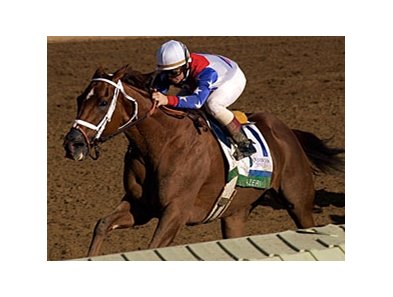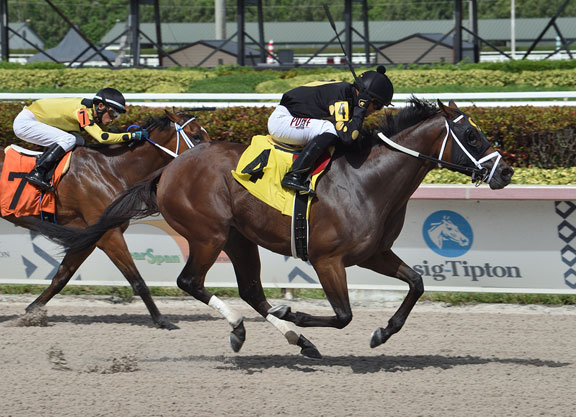What Are The Three Horse Races
As the lockdowns continue across the majority of the world, we’ve picked out five of the best horse racing films to keep you entertained until our usual freedoms return.
- What Races Are There
- What Are The Three Horse Races Called
- Who Won The Horse Race
- What Are The Major Horse Races
There are plenty of sports films on the market, and often they are some of the most famous that have ever been created by Hollywood. The Rocky series needs no introduction, and boxing in particular, seems to match the rags to riches storyline that sells so well when it comes to the world of movies.
However, the likes of football and horse racing have been difficult to recreate for the big screen and although there have been plenty of decent attempts, very few can rival the award winners of the cinema industry.
Major Horse Races From the world’s richest horse race, the $10 million Dubai World Cup, England’s legendary Epsom Derby, or the classic American race, the Kentucky Derby, all year around there are major horse races taking place somewhere in the world. Date: First Saturday in June Location: Epsom Downs Racecourse, Surrey, England, UK Surface: Turf Distance: 2,400m (about 1.5 miles) Prize Purse: About $2,000,000 The biggest horse race in Britain. That means that we can’t compare the race times of each horse – otherwise we could simply have 5 races of 5 horse each and pick out the 3 fastest times to get the 3 fastest horses. Remember that we can only race 5 horses in each race (otherwise we could just have one race with 25 horses, pick the 3 fastest, and we would be done!).
What Races Are There
Horse racing, however, is more popular than ever at the minute as the sport continues to carry on behind closed doors. For many, racing has been something to look forward to which is why many of the online bookmakers are reporting record profits across 2020.

Many punters have enjoyed placing a bet on the action from the likes of Cheltenham or Royal Ascot, and have started comparing odds between the likes of Bet365 and Betfair, to make sure they are getting the best price on their racing bet.
Betting is something that we also see in many of the great horse racing movies, which are often set in America, although there have been a few classics that have been made in the UK.
Below are our top three selections from the world of horse racing movies, and we’ve even given them a rating to help you decide on what to watch next.
Secretariat (2010)
Available to stream on Disney+
As is the case for most racing films, Secretariat is based on a real-life story and follows the career of the remarkable 1973 Triple Crown winner of the same name.
With a star-studded cast that includes John Malkovich, the film follows housewife Penny Chenery, who takes over her late father’s Stables in Virginia. Boasting an impressive $35 million budget, the story is given the full Disney treatment as Chenery attempts to make an impact in a hugely male-dominated sport, and features some brilliantly realistic racing scenes.
Our rating: Five stars
The Cup (2011)
Available to rent on Amazon Prime Video for £3.49
Highlighting a more humble spending budget of $15 million (Aus), this Australian creation tells the phenomenal story behind the 2002 Melbourne Cup. It follows the account of one of the nation’s top racers at the time Damien Oliver, whose more established sibling Jason heartbreakingly died in an accident seven days before the ‘race that stops a country’.
Having additionally endured the demise of his dad Ray in a similar way earlier in his life, Oliver is left addressing whether he has the heart to tackle the big race. Step forward the great Dermot Weld, who is sublimely played by Brendan Gleeson and has a live possibility in the Cup with the memorable Media Puzzle

Our rating: Four and a half stars
Seabiscuit (2003)
Available to rent on YouTube or Google Play for £2.49
With a fabulous spending budget of over $87 million, Seabiscuit is perhaps the most prominent horse racing film that has ever been constructed, and it follows the story of the life and career of the racehorse with the same name.
A real life tale, Seabiscuit the horse, was a media sensation during the 1930s thanks to his seemingly impossible achievements, and now has his name etched in Hollywood history for the rest of time.
Earning just short of $150 million, the film was a success and was named for a large group of Academy Awards, including ‘Best Picture’. That makes it the most successful horse racing film of all-time and one that certainly brought the sport to the big screen and into home TV’s around the globe.
Our rating: Four stars
There are two types of horse races, jumps and Flat, and each one incorporates different classes and types of races.
Flat Races
Classic races
The Classics are the most prestigious Flat races in Britain. They have been run for centuries and horses are bought and bred to try to win them. There are five Classics, all of which are contested only by three-year-olds:
2,000 Guineas – Run at Newmarket racecourse in May. A one mile race for 3-y-o colts.
1,000 Guineas – Run on Newmarket racecourse in May. A one mile race for 3-y-o fillies.

Oaks – Run at Epsom racecourse in June. A one mile four furlong race for 3-y-o fillies.

Derby – Run at Epsom racecourse in June. A one mile four furlong race for 3-y-o colts and fillies.
St Leger – Run at Doncaster racecourse in September. A one mile six furlongs race for 3-y-o colts and fillies.
All the Classics are classified as Group 1 races and top-class horses are campaigned towards them throughout their two-year-old and early three-year-old careers, when in the spring a number of them appear in Classic trial races.
Group races
Group races are the most well-known and the best races, divided into three categories – Group 1, 2 and 3. Many of them are restricted to certain age groups (from two-year-olds to four-year-olds and older) or to a specific gender (eg fillies only) and they are spread throughout the racing year to form a programme of races over different distances and at a range of racecourses.
The highest level is a Group 1 race; these are the highlight events on the racing calendar. Group 1 races are a test of class and all the horses run off level weights but allowances are given for three-year-old horses against older horses and for fillies and mares against colts and geldings.
Group 2 and 3 races are still of high importance but are a step or two below the top tier in terms of quality. In these races the weights are calculated in a similar manner to Group 1 contests, but there is also the addition of penalties to make the races more competitive. Penalties, in the form of extra weight carried by the horse, are given to horses who have won at an equal or higher grade within a certain timeframe.
Listed races
A Listed race is a further step down from Group level, that is just below Group 3, and the same weight penalties apply.
Handicaps
The majority of horses end up competing in handicaps. Every horse is assessed after each race by a team of handicappers and given an official rating, which usually increases if they run well and decreases if they don’t.
In a handicap race, each horse is allotted a weight based on its rating – each point represents 1lb. For instance, if a horse rated 90 carries 9st 8lb, a horse rated 88 will carry 9st 6lb. Handicap races are often restricted to a specified ratings band, for example 0-90.
The highest rating a horse can have in a Flat handicap is 110; beyond that, they would have to compete in Group and Listed races. Some of the handicaps are highly valuable and historic races such as the Wokingham, Cesarewitch and Ebor regularly attract fields of 20 runners or more, if safety limits allow. These top-level handicaps are rated as Class 2 handicaps; the lower the ratings band of horses who can compete, the lower the grade of handicap, the lowest being Class 7.
Jumps Races
Jumps horses compete from the age of three, with many starting later than that. Jump racing (also known as National Hunt racing) can be easily separated into five divisions:
National Hunt Flat races – commonly known as bumpers, these are for horses bred for jump racing. No obstacles are jumped and the races are seen as a building block to a future career over hurdles or fences.
Novice hurdling – Horses who begin the season having not won a hurdles race can compete in novice hurdles until the end of the season where they pick up their first hurdles win.
Hurdling – Horses can compete over hurdles in open company, racing in either Graded, handicap or selling company.
Novice chasing – Similar to the novice hurdle division, the novice chasing division is for horses who begin the season without a win specifically over fences. They can run in novice chases until the end of the season of their first win over fences, or until another specified date.
Chasing – A division for horses running over fences in open company, again competing in either Graded, handicap or selling company.
Graded and Listed races
The grading system for jump racing follows the same rules as the Flat races, but races are called Graded races instead of Group races. The highest level is Grade 1, where horses compete off the same weight (but with allowances for age or gender), and this includes illustrious races such as the Cheltenham Gold Cup and the Champion Hurdle.
What Are The Three Horse Races Called

Who Won The Horse Race
Handicaps
What Are The Major Horse Races
One of the other key differences is that over jumps the handicap ratings are much higher than they are on the Flat. There are also Grade 3 handicaps over jumps, which are often highly prestigious prizes such as the Grand National and the Ladbrokes Trophy (formerly the Hennessy Gold Cup).